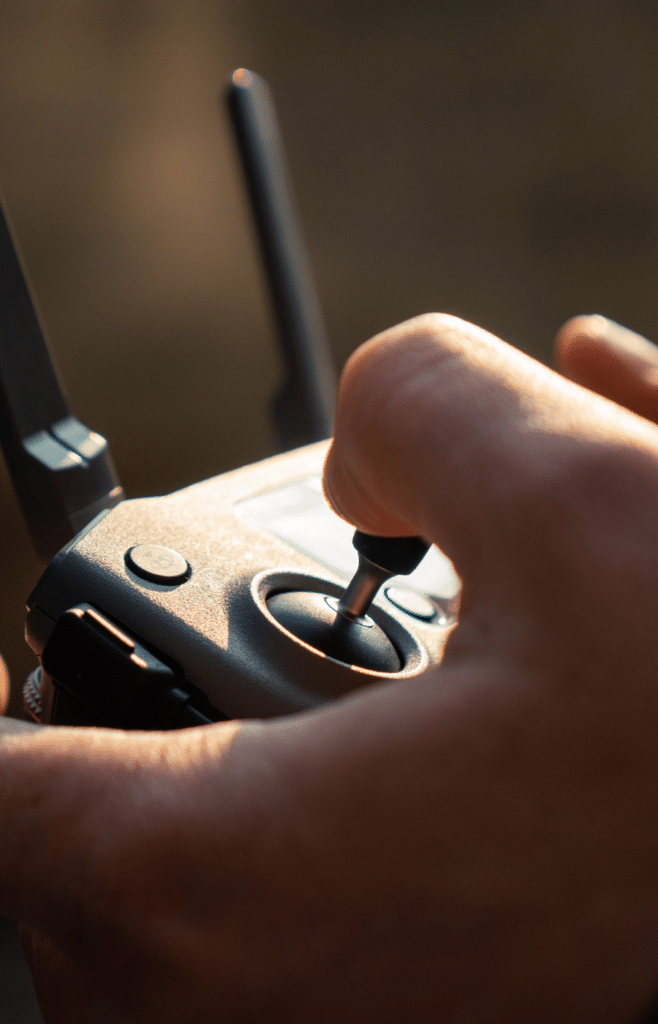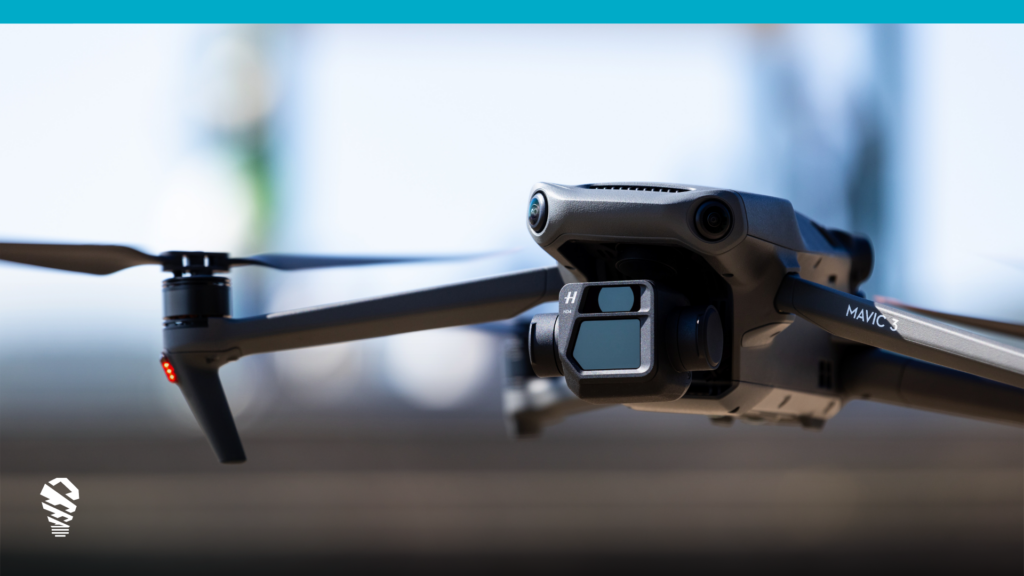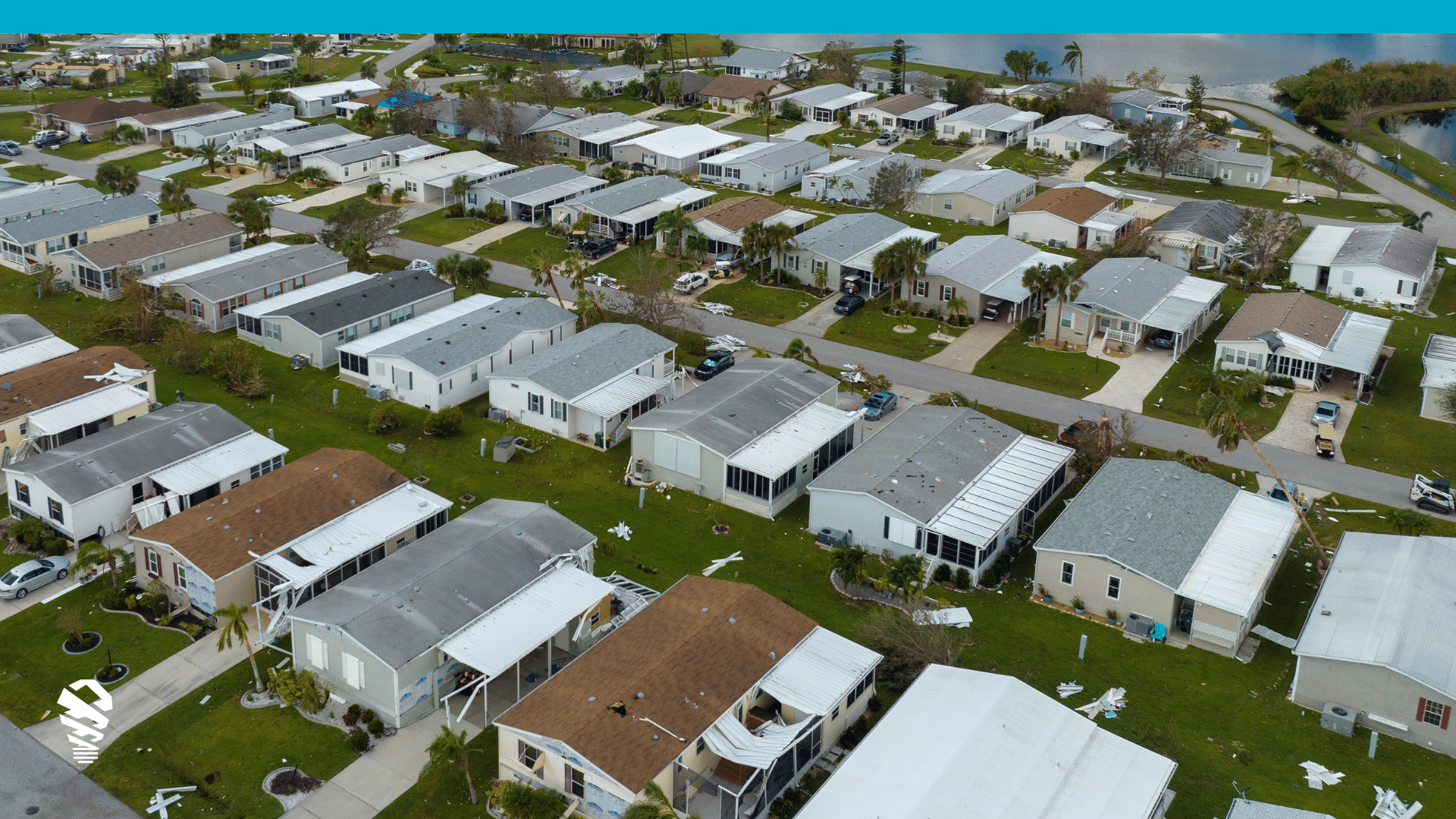UPDATE: FAA Extends Remote ID Enforcement Date
New Deadline: March 16, 2024
Drone pilots who find it difficult to comply with the Remote ID Rule now have an extended grace period. The enforcement date has been moved to March 16, 2024. This extension grants drone operators an additional six months to ensure their aircraft are equipped with the necessary Remote ID technology.
The FAA’s decision to extend the deadline demonstrates its recognition of the unforeseen issues faced by some operators in obtaining the required remote identification broadcast modules. These challenges have been taken into account to ensure that drone pilots are not unduly penalized for circumstances beyond their control.
For more information, click here.
Another momentous change is coming to the commercial drone industry – the biggest since 2016 when the Federal Aviation Administration (FAA) begin issuing Small UAS (Part 107) licenses for the commercial piloting of drones.
Beginning later this year, the FAA implemented new regulations requiring most drones operating in US airspace to be equipped with Remote ID (RID) technology. This technology allows ground-based receivers to identify and track drones in flight. For example, pilots will be warned in real time of other air traffic in their area.
Remote ID will help improve the safety and security of drone operations. Drone pilots should start planning now to ensure that they are compliant with the new rule when it goes into effect in September 2023.
In this blog post, we will discuss what Remote ID is, why it is important, and how drone pilots can comply with the new FAA regulations.

What is Remote ID?
Remote ID is a new regulation that will require most drones operating in US airspace to have the ability to provide identification and location information that can be received by other parties. This information will include the drone’s identity, location, altitude, and take-off location. Authorized individuals from public safety organizations may also request the identity of the drone’s owner from the FAA.
Why do we need Remote ID?
Remote ID is designed to help the FAA, law enforcement, and other federal agencies find the control station when a drone appears to be flying in an unsafe manner or where it is not allowed to fly. Remote ID also lays the foundation for the safety and security groundwork needed for more complex drone operations.
Which drone pilots must comply with the rule?
All drone pilots required to register their UAS must operate their aircraft in accordance with the final rule on remote ID beginning September 16, 2023. This gives drone owners a small window to upgrade their aircraft.
How to comply with the law
There are a few ways to comply with the remote ID rule. One way is to purchase a drone that is already equipped with remote ID capability, such as IMGING Flight. Another way is to retrofit an existing drone with a remote ID module. Finally, drone pilots can also comply with the rule by using a remote ID service that provides the necessary identification and location information. It may be necessary to retrofit old drone models to comply with the new law. Here are a few third-party companies you can retrofit older DJI drone models:
- Dronetag Beacon
- Ping RID
- Dronetag Mini
- Blue Mark DB120
- Zephyr Remote ID Module
- Drone Defence Aeroping
*Note: These third-party companies have not been tested by Loveland Innovations
What are the benefits of Remote ID?
Remote ID has a number of benefits, including:
- Increased safety: Remote ID will help to deter unsafe drone operations and make it easier for law enforcement to identify and track down drone pilots who violate the law.
- Improved security: Remote ID will help to protect critical infrastructure and national security assets from unauthorized drone operations.
- Increased efficiency: Remote ID will make it easier for air traffic controllers to manage drone traffic and ensure that drones operate safely and efficiently.
What are the challenges of Remote ID?
There are a few challenges associated with Remote ID, including:
- Cost: The cost of purchasing or retrofitting a drone with remote ID capability can be expensive.
- Technology: Remote ID is a new technology and there are still some challenges to be worked out, such as ensuring that the information transmitted by drones is accurate and reliable.
Overall, Remote ID is a positive development that will help to improve the safety and security of drone operations. Drone pilots should start planning now to ensure that they are compliant with the new rule when it goes into effect in September 2023.
How does IMGNG Flight with DJI Enterprise Drones Comply with New Remote ID FAA Regulations?
The Federal Aviation Administration (FAA) has implemented new regulations requiring all drones weighing more than 0.55 pounds to be equipped with Remote ID (RID) technology. This technology allows ground-based receivers to identify and track drones in flight.

IMGNG Flight is a leading provider of drone-based imaging, measuring, and inspecting services. DJI Enterprise drones are all equipped with RID technology, making them compliant with the new FAA regulations.
Here’s how IMGNG Flight’s DJI Enterprise drones comply with the new Remote ID FAA regulations:
- The drones are equipped with a transponder that broadcasts their identification, location, and altitude information. This information is transmitted using a standard format that can be received by ground-based receivers.
- The drones also have a display that shows the pilot the drone’s identification and location information. This information can be used by the pilot to ensure that the drone is flying safely and in accordance with FAA regulations.
- Loveland Innovations also has a comprehensive safety program in place that includes training, procedures, and equipment to ensure the safe operation of its drones.
The new Remote ID FAA regulations are designed to improve safety and security by making it easier to identify and track drones in flight. IMGNG is committed to complying with these regulations and providing its customers with safe and compliant drone-based imaging and mapping services.
Benefits of IMGNG Flight’s DJI Enterprise Drones
In addition to complying with the new Remote ID FAA regulations, IMGNG Flight’s DJI Mavic 3 Enterprise drone offers several other benefits, including:
- High-quality imagery and data: The drones are equipped with high-quality cameras and sensors that can capture high-resolution imagery and data.
- Versatility: The drones can be used for various applications, including surveying, mapping, and inspection.
- Ease of use: The drones are easy to operate and can be flown by a wide range of users.
- Safety: The drones are designed to be safe to operate and have safety features, such as collision avoidance and return-to-home functionality.
If you are looking for a drone compliant with the new Remote ID FAA regulations and offers additional benefits, then IMGNG Flight’s DJI Enterprise drones are a great option.
There are a few ways to comply with the rule, including purchasing a drone that is already equipped with remote ID capability, such as the Mavic 3 Enterprise to utilize IMGING Flight, or retrofitting an existing drone with a remote ID module, or using a remote ID service. By taking steps to comply with the new rule, drone pilots can help to create a safer and more secure airspace for everyone.
UPDATE: September 26, 2023
We’re thrilled to announce a significant update in regard to Remote ID compliance. As of today, all of IMGING Flight’s supported drones are on track to be updated with firmware to ensure full compliance with the FAA’s Remote ID rule. This means that our trusted hardware lineup, which includes:
- DJI Phantom 4 Pro V2
- DJI Mavic 2 Pro
- DJI Mavic 2 Zoom
- Mavic 2 Enterprise
- Mavic 3 Enterprise
will soon join the list of DJI drone models approved by the FAA for adequate Remote ID compliance. The Mavic 2 Zoom, Mavic 2 Pro, and Phantom 4 Pro V2 will be included in DJI firmware upgrades later this year.
UPDATE: December 14, 2023
- Device that you fly with (iPhone or iPad)
- Charge drone and controller batteries to more than 50% battery life
- Appropriate cord to connect the device to the drone
- Good internet Connection
1. Update DJI Go 4Ensure DJI Go 4 app is up-to-date (in the app store)
- Open DJI Go 4 app
- Unfold and prepare the drone (remember to remove the Gimbal cover)
- 3. Turn on the controller and the drone app will automatically check for firmware updates
- When the drone has reached 100% it will turn itself off and then restart.



![How to Measure a Roof With a Drone [Updated April 2023]](https://www.lovelandinnovations.com/wp-content/uploads/2024/04/How-to-Measure-a-Roof-With-a-Drone-Updated-April-2023.png)




